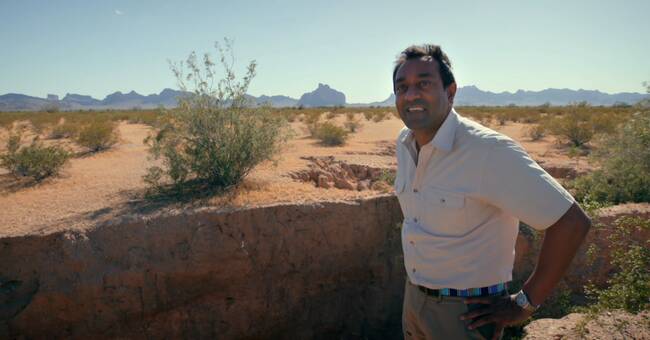In the middle of the Arizona desert, large green circles of vegetation can be seen from the air.
Here, large-scale cultivations of animal feed are irrigated with groundwater that is pumped up from underground reservoirs, so-called aquifers.
With large pipes, groundwater can be fetched from up to one kilometer into the ground.
The water used has been stored for tens of thousands of years.
- The last time this water was at the surface of the earth, there were mammoths here.
It's crazy, says conservation biologist M. Sanjayan in The World of Science: H20 - The key to civilization.
Gloomy mapping of groundwater
The method is common in today's agriculture.
Half of the water used for irrigation is pumped up from underground water reservoirs.
With the help of the twin satellite Grace, Nasa can measure groundwater levels worldwide and their mapping gives a gloomy picture.
More than half of the earth's 37 largest aquifers are overexploited and risk being emptied.
- This is the definition of unsustainable.
When the groundwater disappears, the opportunity to grow food for the earth's growing number of inhabitants is threatened, says Nasa's hydrologist Jay Famiglietti.
In the Arizona desert, the looming water shortage has led to large cracks in the ground.
- This is a clear sign that the water is running out, says conservation biologist M.Sanjyan.
Want to know more about the looming water shortage? Watch The World of Science: H20 - The key to civilization on SVT Play or Monday 18 January at 8 pm on SVT2.

